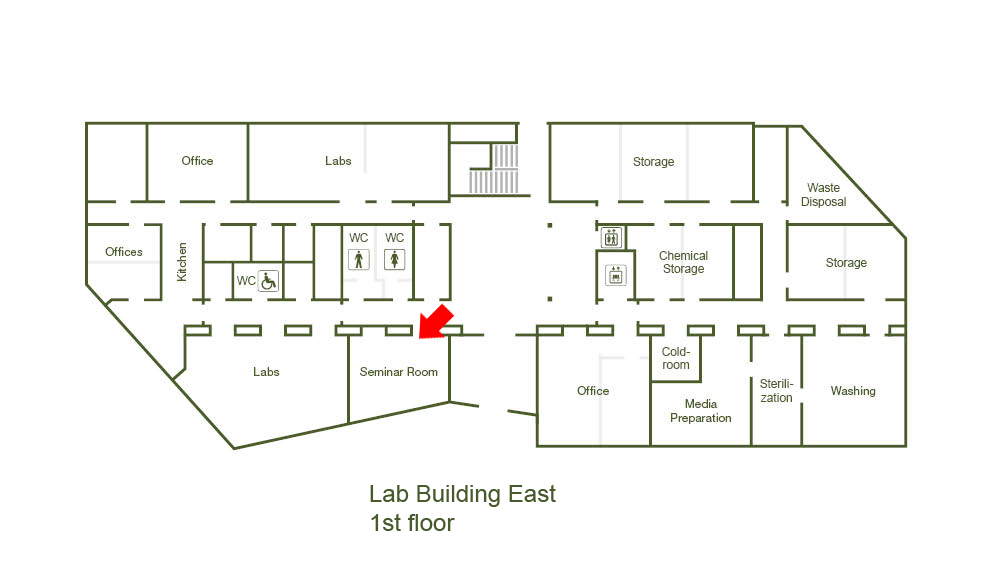Understanding brain functions from both neuronal and glial perspectives

In the central nervous system, neuroglia cells, also known as glial cells or simply glia, refer to a diverse population of cells including astrocytes, oligodendrocytes, and microglia. While neurons are capable of forming synaptic connections crucial for direct transmission of information across the brain, glial cells have been traditionally thought to play only passive supporting roles. However, mounting evidence has revealed that they are indeed active players in neural functions. At cellular level, they are able to sense and respond quickly to synaptic changes using receptors and transporters of neurotransmitters or release gliotransmitters. This is facilitated by their small size and highly motile fine processes making them perfect surveillance cells. Impressively, they are able to promptly change their activation states in response to different neural requirements making them also efficient responders of the brain. At the network level, glial cells communicate with each other by means of gap junctional coupling. Moreover, they also have unique properties in different regions of the brain suggesting their versatile and diverse functions. Indeed, remarkable roles of astrocytes and microglia in synaptic development, transmission, plasticity and even learning and memory have been demonstrated. Dysfunctions in glial cells have also been linked to a variety of pathologies including neuroinflammation, neurodegeneration as well as developmental disorders. Given the complexity of the brain in physiology and pathology, it is intuitive that neurons and glia exist and operate together in well-defined and regulated manner. Therefore, to better understand their properties and functions, it is important to understand complementary mechanisms and how they may interact. Furthermore, research on neurons and glia can largely benefit from each other in terms of technical advances and research tools. In this seminar, I will give a brief introduction to neuroglia interactions and share with you some of my research experience on neurons and glia using mainly electrophysiological and live-imaging techniques in the context of synaptic transmission, development and pathology.